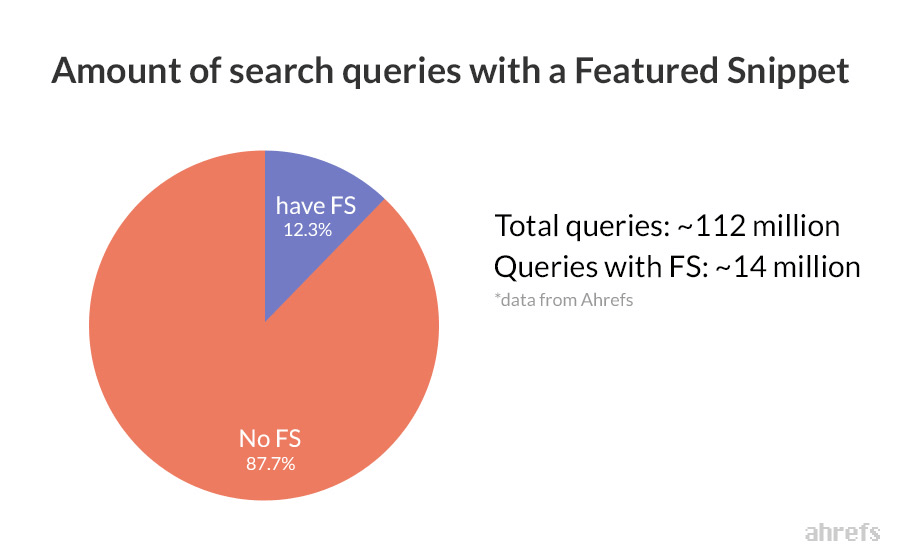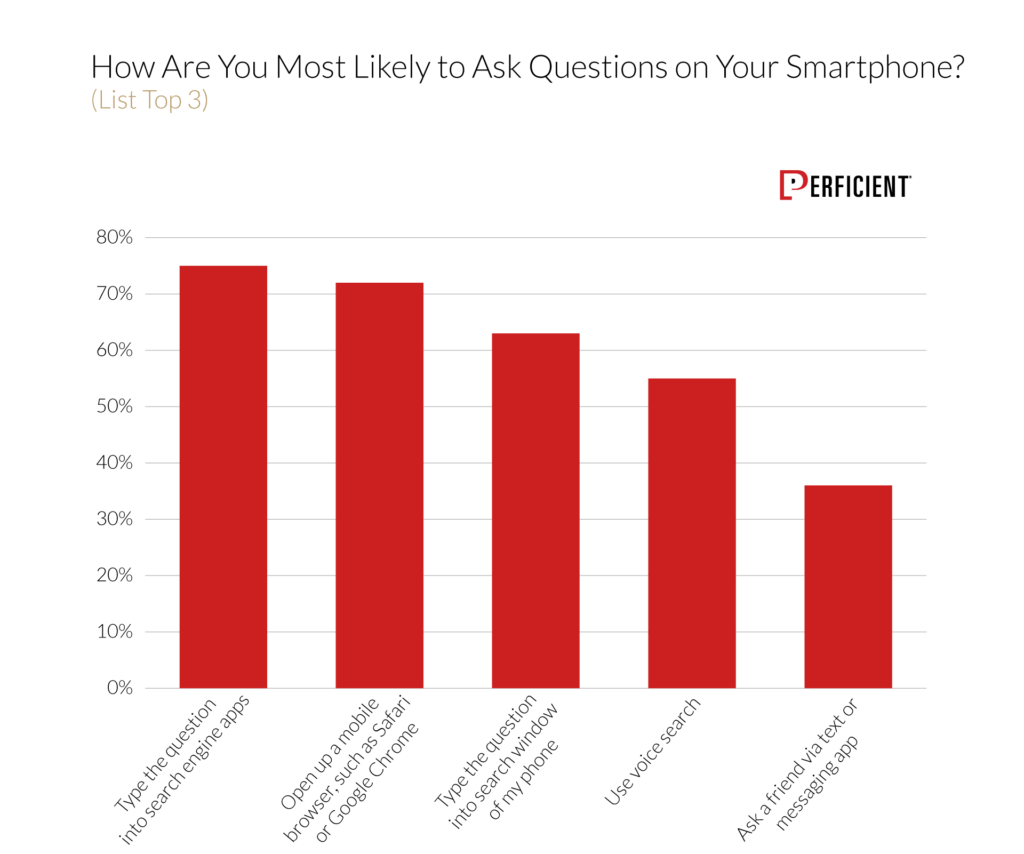The landscape of SEO continues to evolve at a breakneck speed, influenced by changing algorithms, emerging trends, and user behavior patterns.
To help you stay ahead of the curve and ensure your online presence is not just visible but dominant, we have compiled a list of the most up-to-date SEO statistics.
We have searched through the most recent studies, sifted through industry reports, and analyzed case studies to bring you a comprehensive list of SEO statistics. These SEO statistics will help you enhance your website’s ranking, drive organic traffic, and maximize your online visibility in 2024 and beyond.
Before we dig deep into each category of SEO statistics, here are some key SEO stats that you should know:
- A staggering 70% of marketers see SEO as more effective than PPC for generating sales. (Source: Databox)
- Artificial intelligence is making a substantial presence in the field of SEO, with companies using AI for SEO outperforming their competitors by 50%. (Source: Zipdo)
- Quality content remains king, with companies that embrace blogging securing 55% more visitors than those that don’t. (Source: HubSpot).
- The average first-page result on Google contains 1,447 words, showcasing a correlation between comprehensive content and higher rankings. (Source: Backlinko)
- Mobile optimization has also taken center stage, with 55% of all web traffic now originating from mobile devices. (Source: StatCounter)
- The #1 result in Google has 3.8 times more backlinks than positions 2-10, underlining the lasting importance of high-quality backlinks. (Source: Backlinko).
- The zero-click searches in Google have been consistently above 50.3%, meaning that over half of Google searches end without a click to other content. (Source: SparkToro)
Ranking Statistics
Higher SERP ranking translates to higher click-through rates, stronger lead generation, and increased conversion potential. Let’s see the most important SEO statistics to rank higher on SERPs in 2024:
- A secure connection via HTTPS is a common trait for 98% of Google’s first-page results, signaling the importance of security for high SEO rankings. (Source: Moz)
- In 2023, securing the top position on Google’s search results can skyrocket a page’s click-through rate to an impressive 39.8% on average. (Source: First Page Sage)
- Inbound tactics, mainly SEO and blog content, are reported by 60% of marketers as their most effective lead-generation source. (Source: HubSpot)
- Updating and republishing old blog posts with new content and images can increase organic traffic by as much as 111%. (Source: Backlinko)
- High-quality content and link building are the two most important signals used by Google to rank your website for search. (Source: Search Engine Journal)
- An average page holding a top 10 rank on Google has typically been around for at least 2 years, showcasing the value of time in SEO performance. (Source: Ahrefs)

- A mere 5.7% of newly published pages manage to break into the top 10 search results within their first year. (Source: Ahrefs)
Keyword Statistics
Strategic keyword selection is instrumental in connecting content with the right audience and ensuring maximum search engine visibility.
Here are some relevant keyword statistics to help you refine your keyword research and find keywords that resonate with your target audience:
- Long-tail keywords (with four words or more) have a 3-6% higher click-through rate than generic searches. (Source: Smart Insights)
- Questions make up 14.1% of all search queries on Google. (Source: Backlinko)

- A vast majority of 3.8 billion keywords typically attract ten or fewer searches per month, pointing to a long tail of niche queries. (Source: Ahrefs)
- 50% of all search queries are four words or longer, emphasizing a user trend towards more detailed and specific searches. (Source: Wordstream)
- Featured snippets appear in 12.3% of search queries. (Source: Ahrefs)

- The top five most expensive AdWords keywords related to industries are Insurance, Loans, Mortgage, Attorney, and Credit. (Source: Wordstream)
- There is no correlation between using keywords in the title tag and an increase in rankings. (Source: Backlinko)

- On average, conversion rates from long-tail keywords are 2.5 times higher than short-tail keywords. (Source: Profit Works)
- Content that includes a keyword in the first 100 words has a significant correlation with first-page Google rankings. (Source: Backlinko)
- 15% of daily Google searches are ones that have never been searched before, illustrating the endless new content published every single day. (Source: Google)
Backlink Statistics
Backlinks are like votes of confidence from other websites, and the latest 2024 statistics reveal just how much these votes matter. Let’s have a look:
- Websites featuring blog posts tend to have 434% more indexed pages compared to those without blogs. (Source: Tech Client)
- Content with a longer format (3000 words) typically receives 77.2% more backlinks compared to short articles. (Source: Backlinko)

- Exact match anchor text backlinks are no more effective than non-exact match anchor text. (Source: Ahrefs)
- Over 66.31% (more than half of web pages) don’t have a single backlink. (Source: Ahrefs)
- Only 2.2% of content receives links from more than one site. (Source: Backlinko)
- The number of domains linking to a page has the highest correlation to rankings in Google. (Source: Backlinko)
- More backlinks generally mean more organic traffic from Google. (Source: Ahrefs)
- The average cost of buying a link is $361.44. (Source: Ahrefs)
- Experienced link builders generate 3.57 times more links than beginners. (Source: Authority Hacker)
- 73.6% of domains have reciprocal links, indicating that these are common but should be used carefully to avoid penalties. (Source: Ahrefs)
- 41% of SEO experts consider link building to be among the most difficult tasks in their work. (Source: SEO Tribunal)
- 66.5% of links to sites in the last nine years are dead. (Source: Ahrefs)
Local SEO Statistics
Local SEO is crucial for businesses looking to capture and engage with their local customer base. These statistics represent the growing trend of local search and the potential it holds for businesses in various industries. Let’s look at some local SEO stats:
- About 46% of Google searches are local, highlighting the importance of local SEO. (Source: Oberlo)
- Over 60% of searchers will disregard a business if they can’t find it online. (Source: Safari Digital)
- Google, Google Maps, and a business’s own website are the top three most trusted platforms for researching local businesses, with trust percentages at 66%, 45%, and 36% respectively. (Source: Bright Local)
- Reviews are a crucial local SEO ranking factor, with 98% of consumers reading online reviews for local businesses. (Source: BrightLocal)
- 42% of local searches result in clicks on the Google Map Pack. (Source: Backlinko)
- The average local business’s Google My Business listing is viewed 1,009 times each month, with 84% coming from discovery queries and the remaining 16% coming from direct searches. (Source: BrightLocal)
- Businesses with more than 100 images on Google My Business get 520% more calls than the average business. (Source: BrightLocal)
- Local searches without the qualifier “near me” have increased by 150%, suggesting that search engines have become better at providing local results based on user intent. (Source: Think With Google)
- The Google 3-pack appears in the top spot in 93% of searches with local intent. (Source: SEO Clarity)
Mobile SEO statistics
Google officially began mobile-first indexing for all new websites starting July 1, 2019, emphasizing the mobile version of a website for ranking and indexing. Thus, optimizing your websites for mobile is important to improve both visibility and engagement.
Here are some mobile SEO statistics to understand the trends and behaviors that are shaping mobile user experience and search:
- Mobile devices generated 58.33% of global website traffic in the first quarter of 2023, consistently hovering around the 50% mark since the beginning of 2017. (Source: Statista)

- Mobile devices play a crucial role in e-commerce, facilitating 40% of online transactions. (Source: Think With Google)
- Mobile website visits are abandoned if a page takes longer than 3 seconds to load, with the bounce rate increasing by 32% as page load time goes from 1 second to 3 seconds. (Source: Think With Google)
- On average, a mobile page takes 15.3 seconds to load, presenting a significant challenge for maintaining user engagement. (Source: Think With Google)
- 61% of users are unlikely to return to a mobile site they had trouble accessing, with 40% visiting a competitor’s site instead. (Source: McKinsey & Company)
- Mobile searches for “on sale+ near me” have grown by over 250% in the last two years. (Source: Think with Google)
- Over 51% of smartphone users have discovered a new company or product while conducting a search on their smartphone. (Source: Think With Google)
Voice Search Statistics
Voice search isn’t just changing the way we ask questions; it’s reshaping the way SEO used to work, making it an essential player in a brand’s visibility and success. Let’s discover the state of voice search in SEO and what makes it a must-have in your SEO strategy:
- 27% of the global online population is using voice search on mobile. (Source: Think With Google)
- As of 2023, voice search has claimed a substantial share of the digital realm, accounting for 20% of all online searches. (Source: Seach Engine Land)
- 75% of results from voice searches will appear within the top 3 desktop search results for a specific question. (Source: Backlinko)
- A significant 71% of consumers prefer voice-based search over typing. (Source: Oberlo)
- 55% of smartphone users use voice search to ask questions on their devices. (Source: Perficient)

- Voice search generates over $2 billion in sales, and integrating voice search optimization into your strategy can enhance sales and increase revenue. (Source: WebFX)
- By the year 2024, it is projected that the number of digital voice assistants will increase to 8.4 billion units worldwide. (Source: Statista)

- The global market for voice recognition is forecasted to surge to a valuation of 50 billion by the year 2029. (Source: Statista)
Video SEO Statistics
In 2023, the interplay between video and search engine algorithms has deepened. The following statistics have proved that video content stands as a pillar of modern SEO strategy. Let’s check out:
- Videos are predicted to make up more than 82% of all consumer internet traffic by 2025. (Source: Integral Ads)
- YouTube remains the second-largest search engine in the world, with over 2.7 billion logged-in monthly users as of 2023. (Source: Global Media Insight)
- By 2024, forecasts suggest that the typical internet user will dedicate nearly 100 minutes each day to streaming online video content. (Source: Media Post)
- The adoption of video as a marketing tool has surged, with 91% of companies integrating it into their strategy by 2023. (Source: Wyzowl)

- Pages featuring video content see an average viewer engagement of 6 minutes, while those without videos typically hold attention for 4.3 minutes. (Source: Wistia)
- 55% of video marketers leverage a blog or website to share videos, ranking it 2nd highest for both ROI and effectiveness in lead generation. (Source: HubSpot)
- Over 75% of all videos are played on mobile devices. (Source: Insider Intelligence)
- 91% of consumers express a desire for brands to produce more online video content. (Source: Wyzowl)
SEO industry statistics
SEO is an ever-evolving field. These industry statistics show how important SEO is to modern digital marketing strategies and the significant return on investment it can offer.
- 90.63% of pages get no organic search traffic from Google, stressing the need for robust SEO strategies to rank higher. (Source: Ahrefs)

- 61% of marketers believe improving SEO and growing their organic presence is their top inbound marketing priority. (Source: HubSpot)
- 84% of bloggers admit that AI and automation have influenced their SEO strategy for 2023. (Source: HubSpot).
- 70% of users click on organic search results, compared to just 30% for paid search results. (Source: Adcore).
- Content marketing generates over three times as many leads as outbound marketing and costs 62% less. (Source: Demand Metric).
- The typical content distribution cost for a high-quality post ranges between $3,200 and $5,500. (Source: Siege Media)
Level Up Your SEO Game!
In the field of SEO, the small minute details often dictate the magnitude of your success. Each statistic in this article isn’t just a number—it’s a narrative of what works in the digital marketing world and what does not.
By rigorously applying these insights and committing to ongoing refinement, you can elevate your website’s visibility and boost your engagement metrics. This strategic approach to SEO, rooted in data, is your compass to navigate the ever-evolving digital landscape successfully.
Check more latest Stats Guide:
Top 30 Global e-Commerce Statistics
Top Global Podcast Statistics
Top 7 Business Trends In 2024: What’s In Store This Year?



